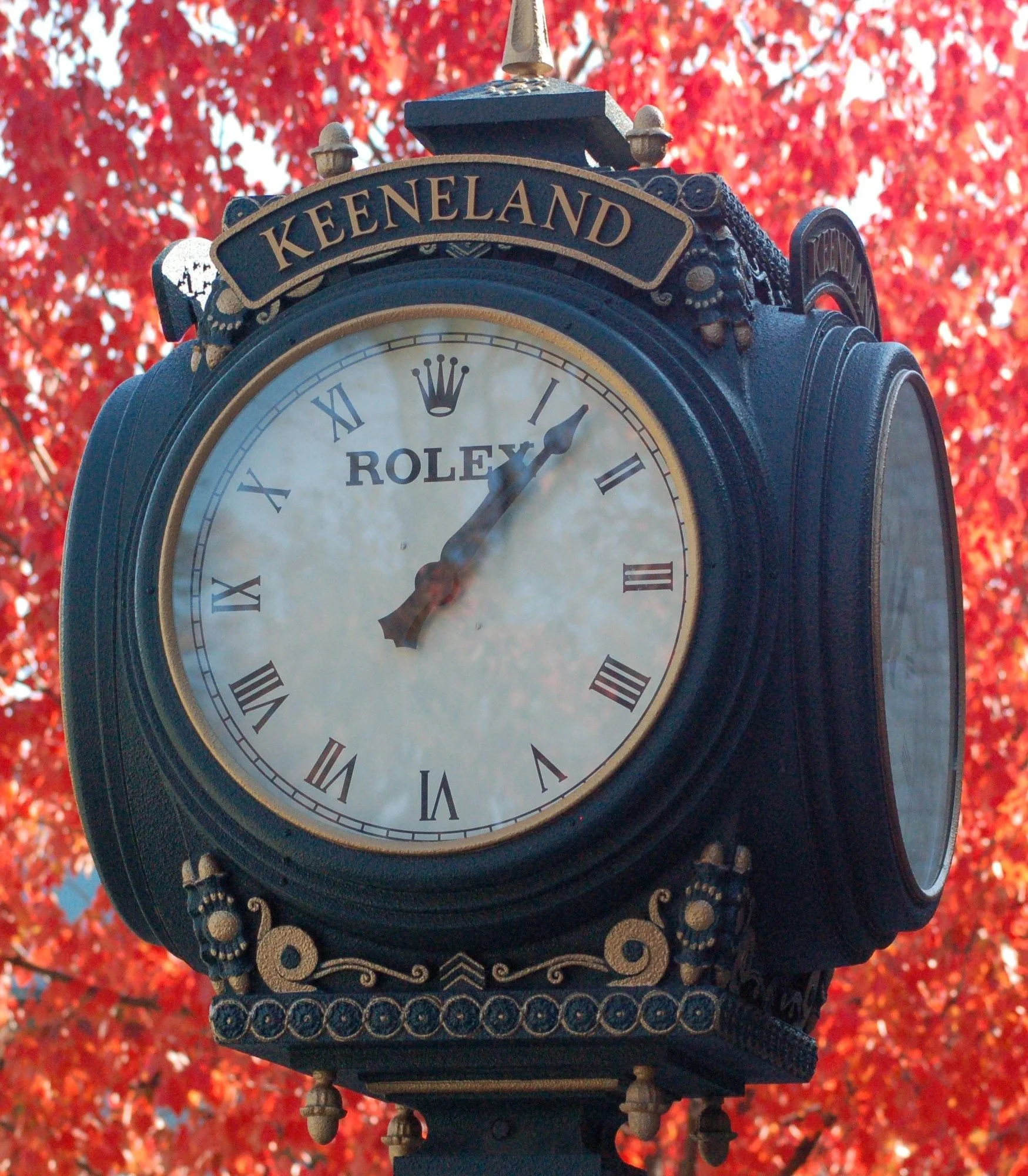
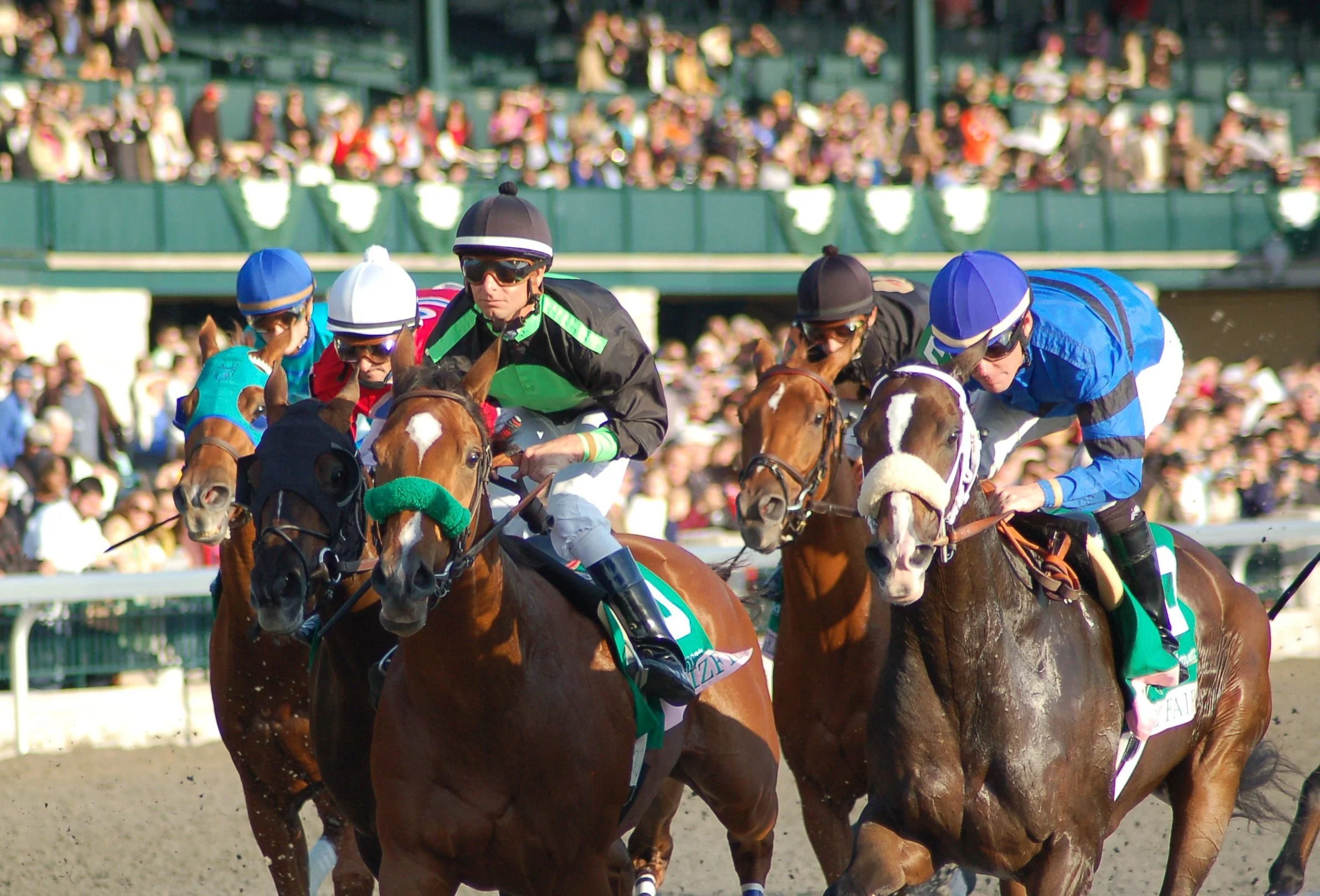

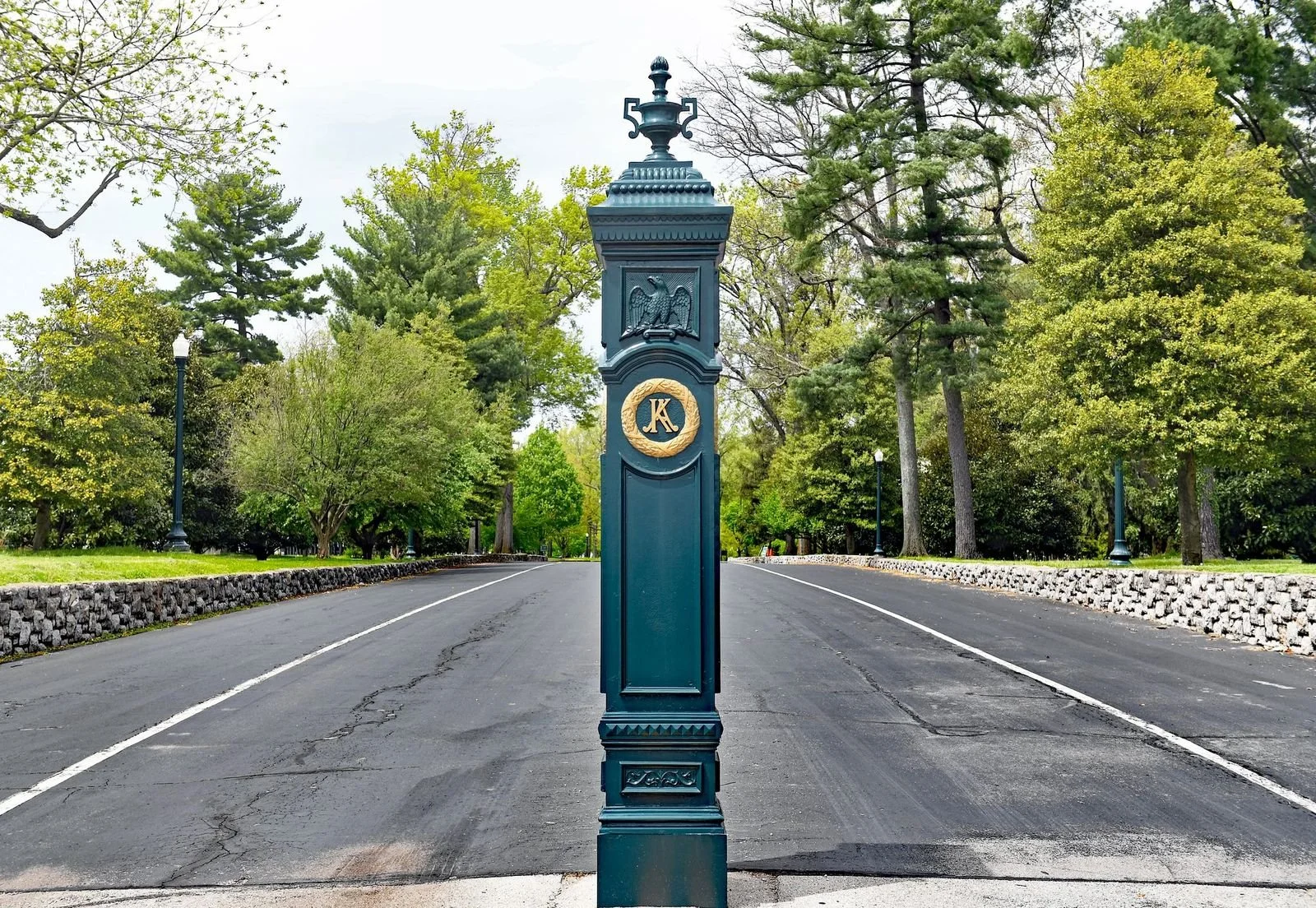
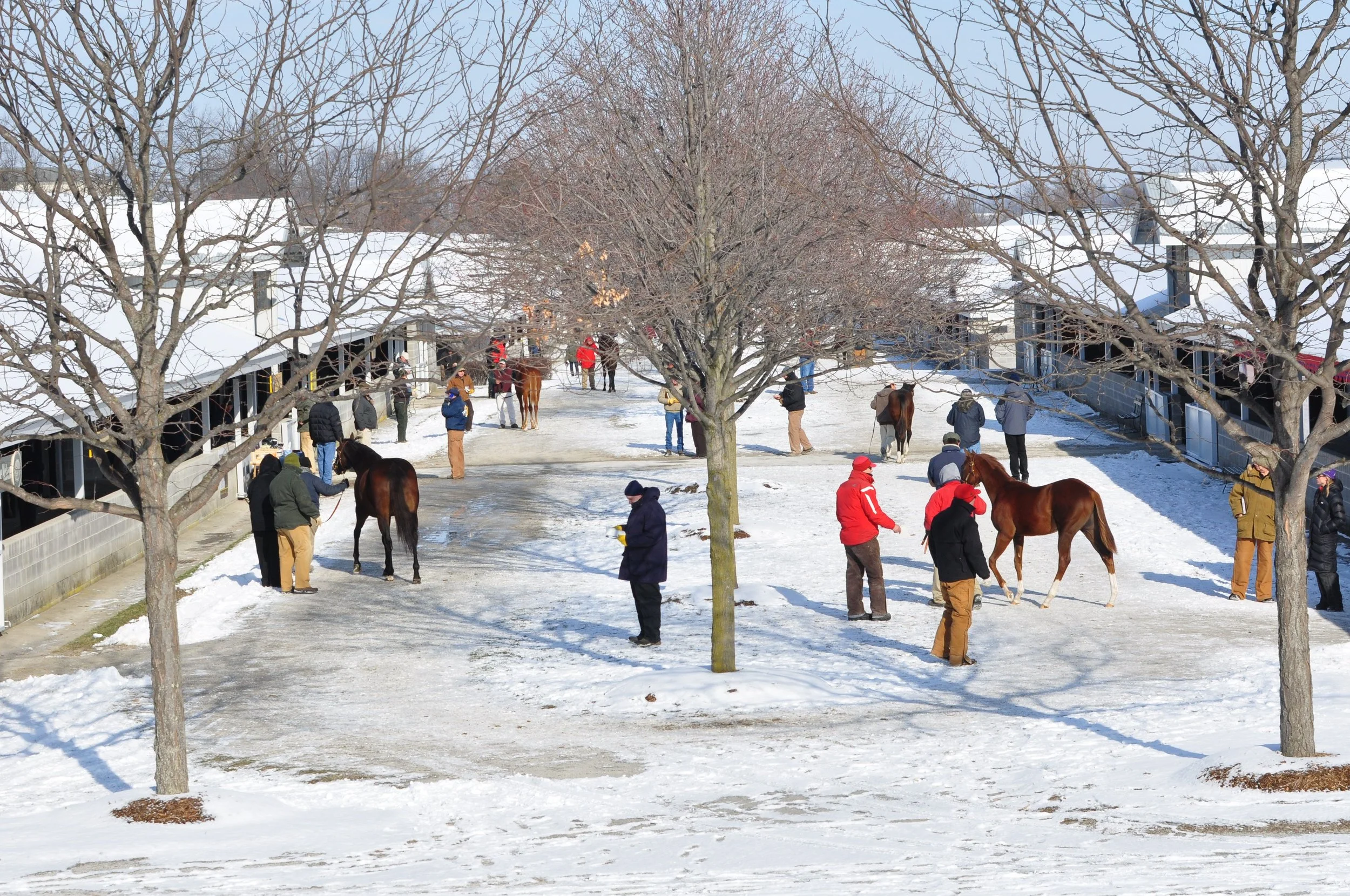
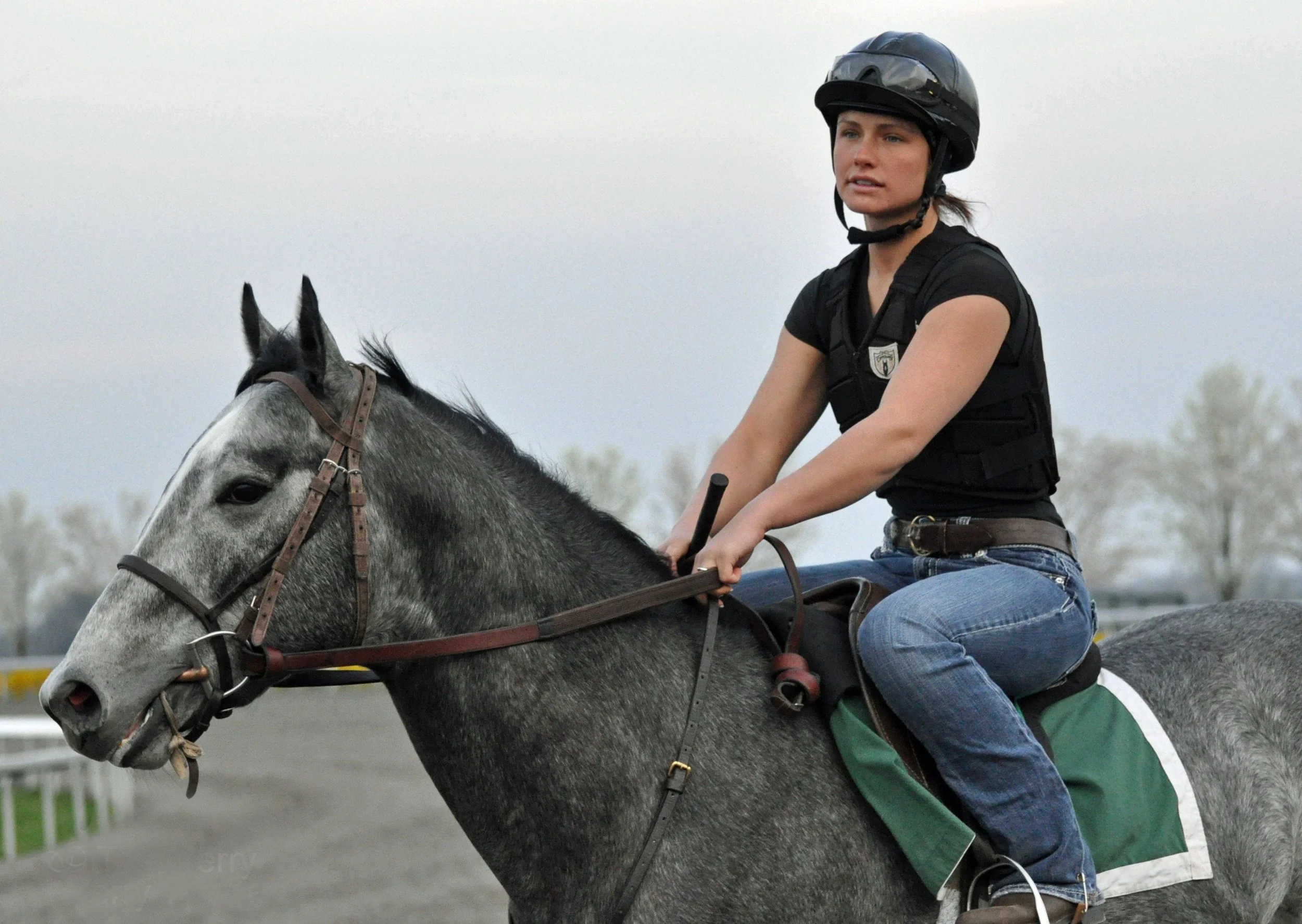
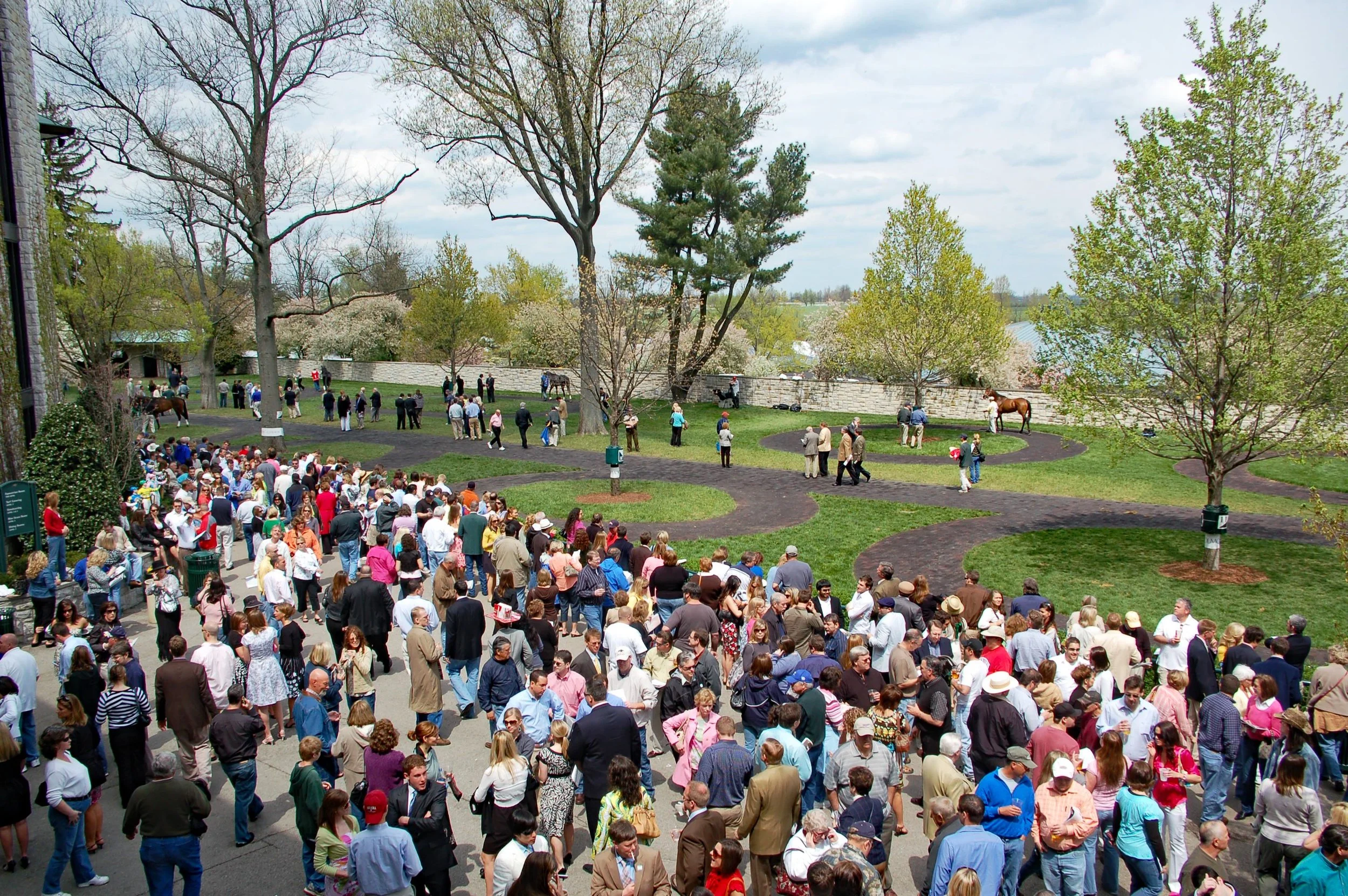
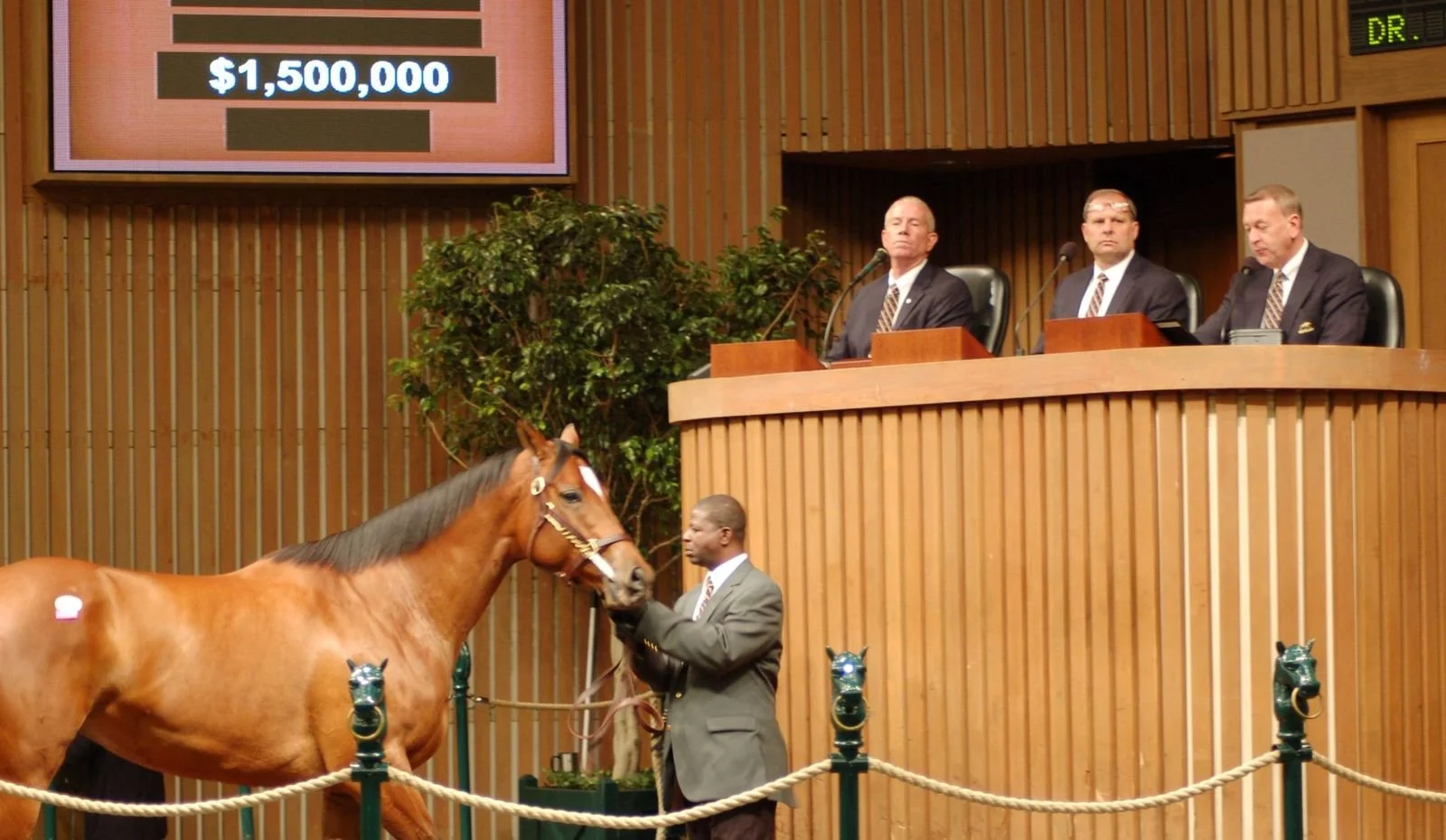
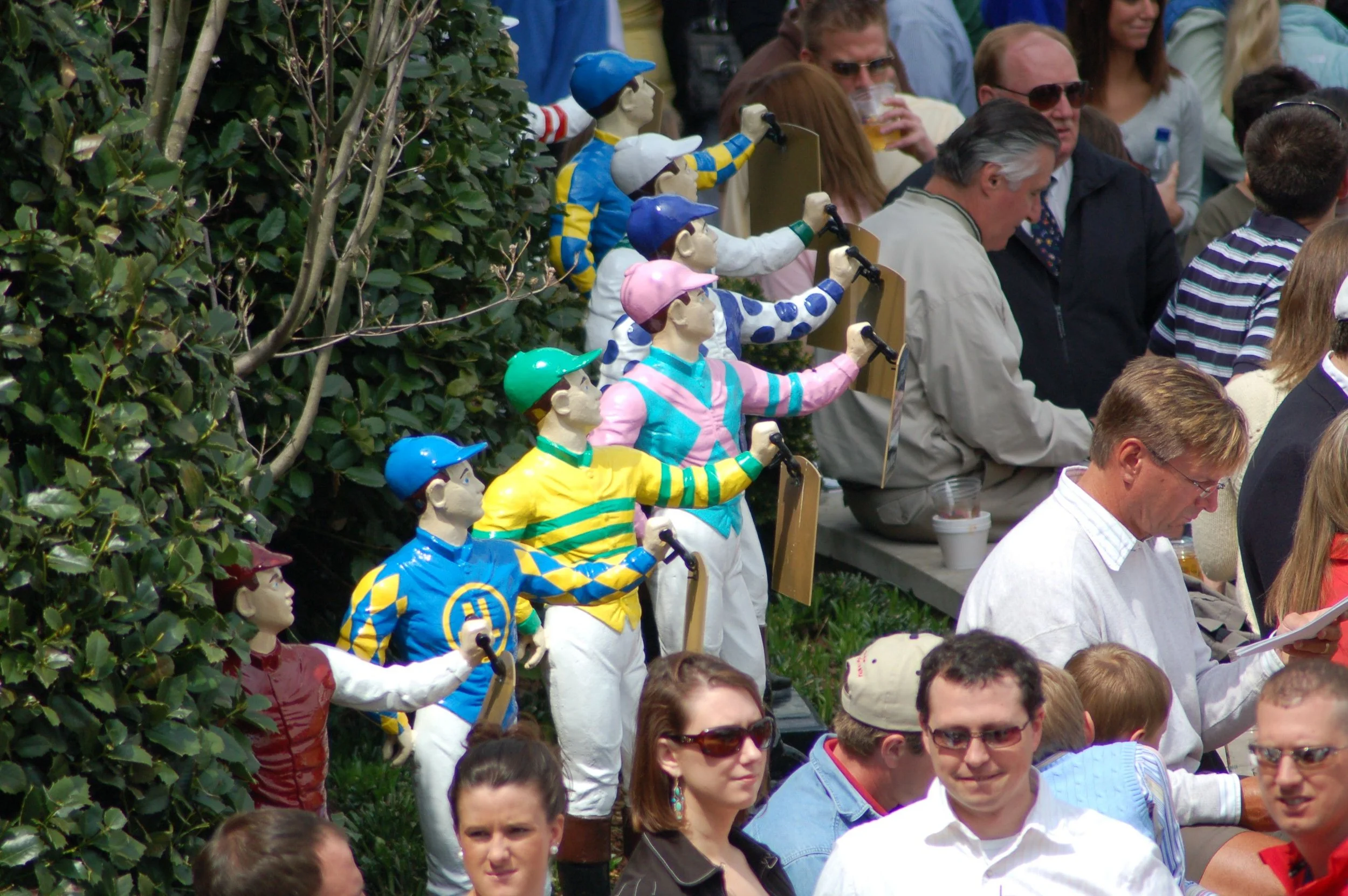
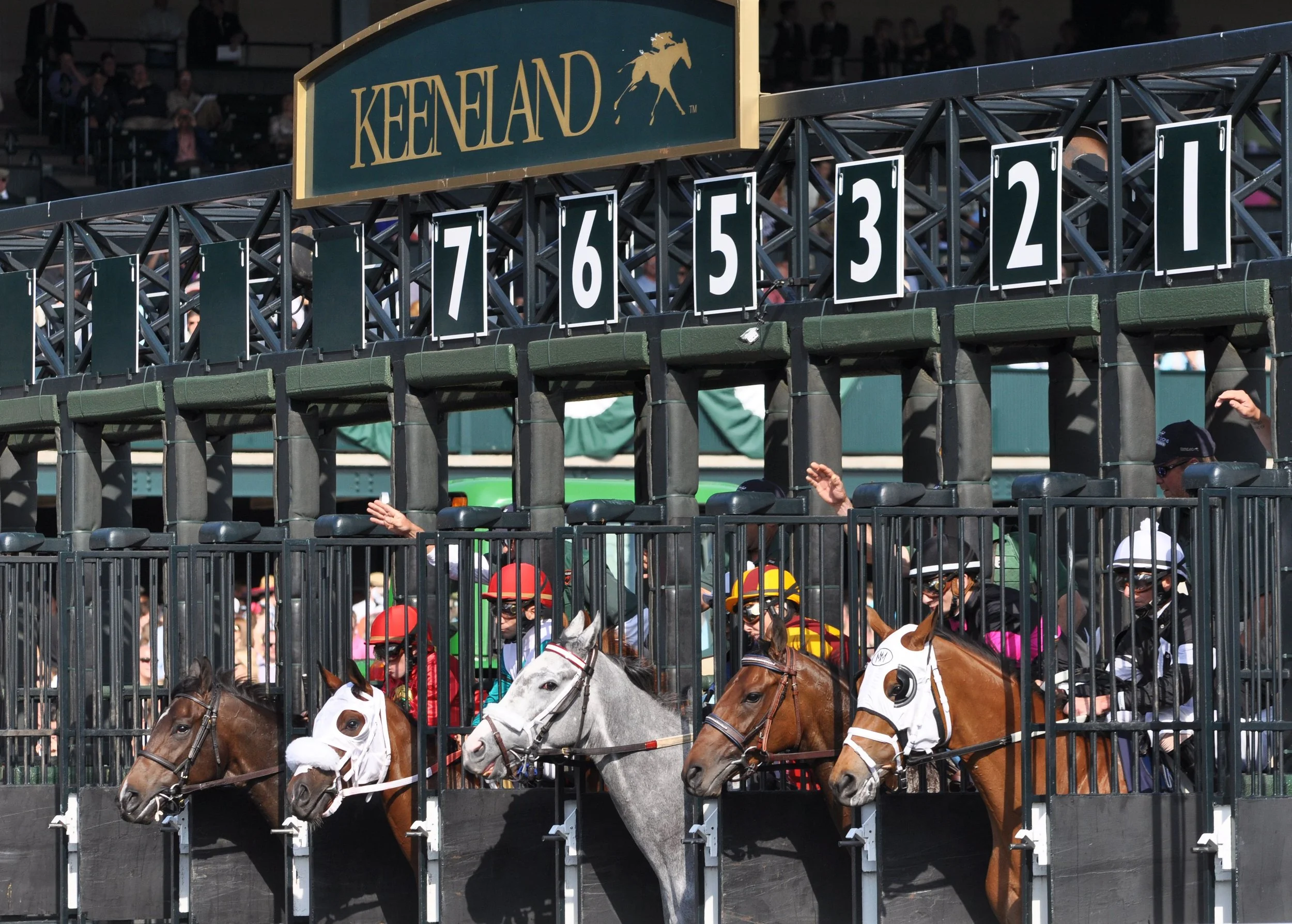
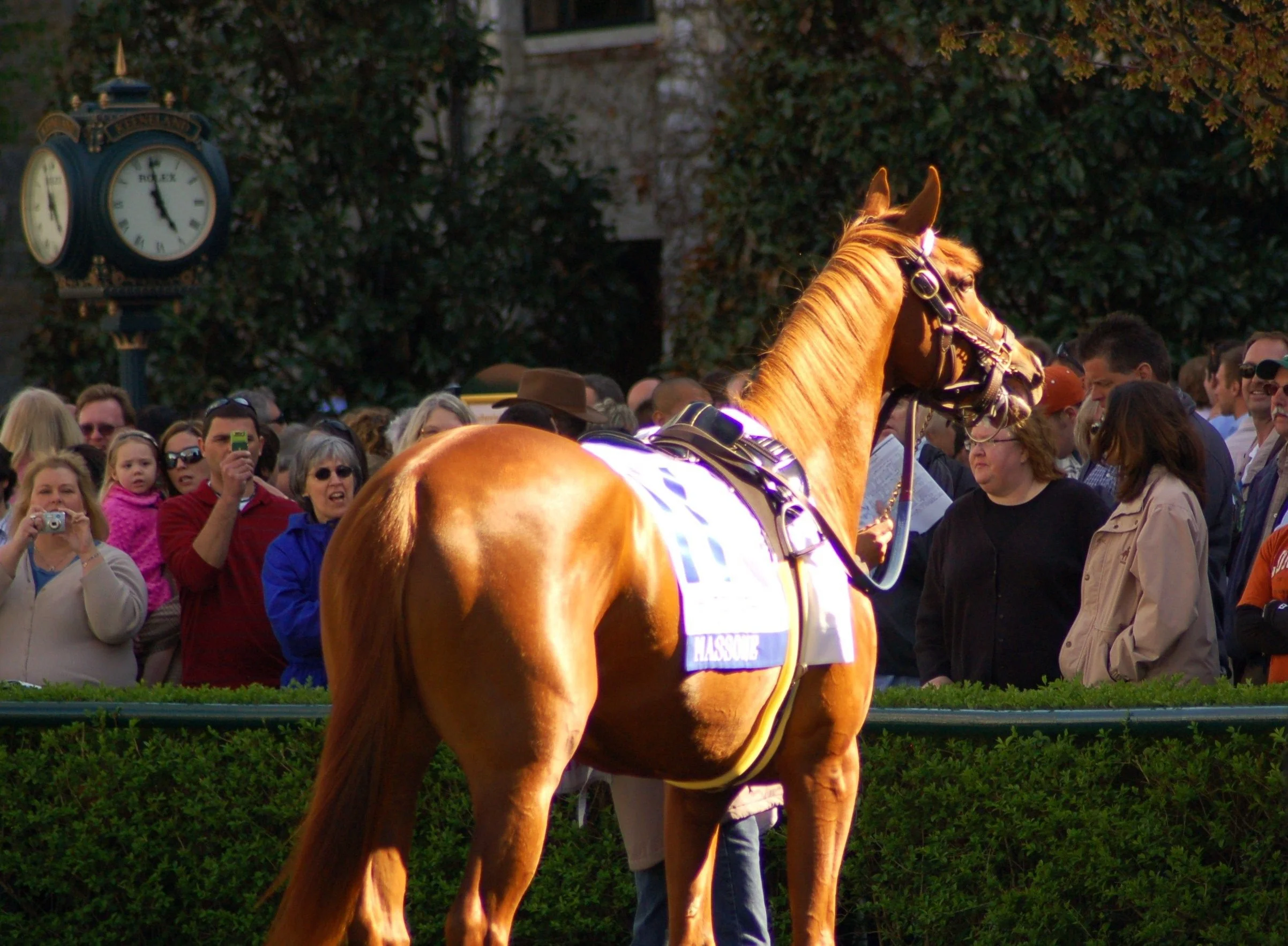

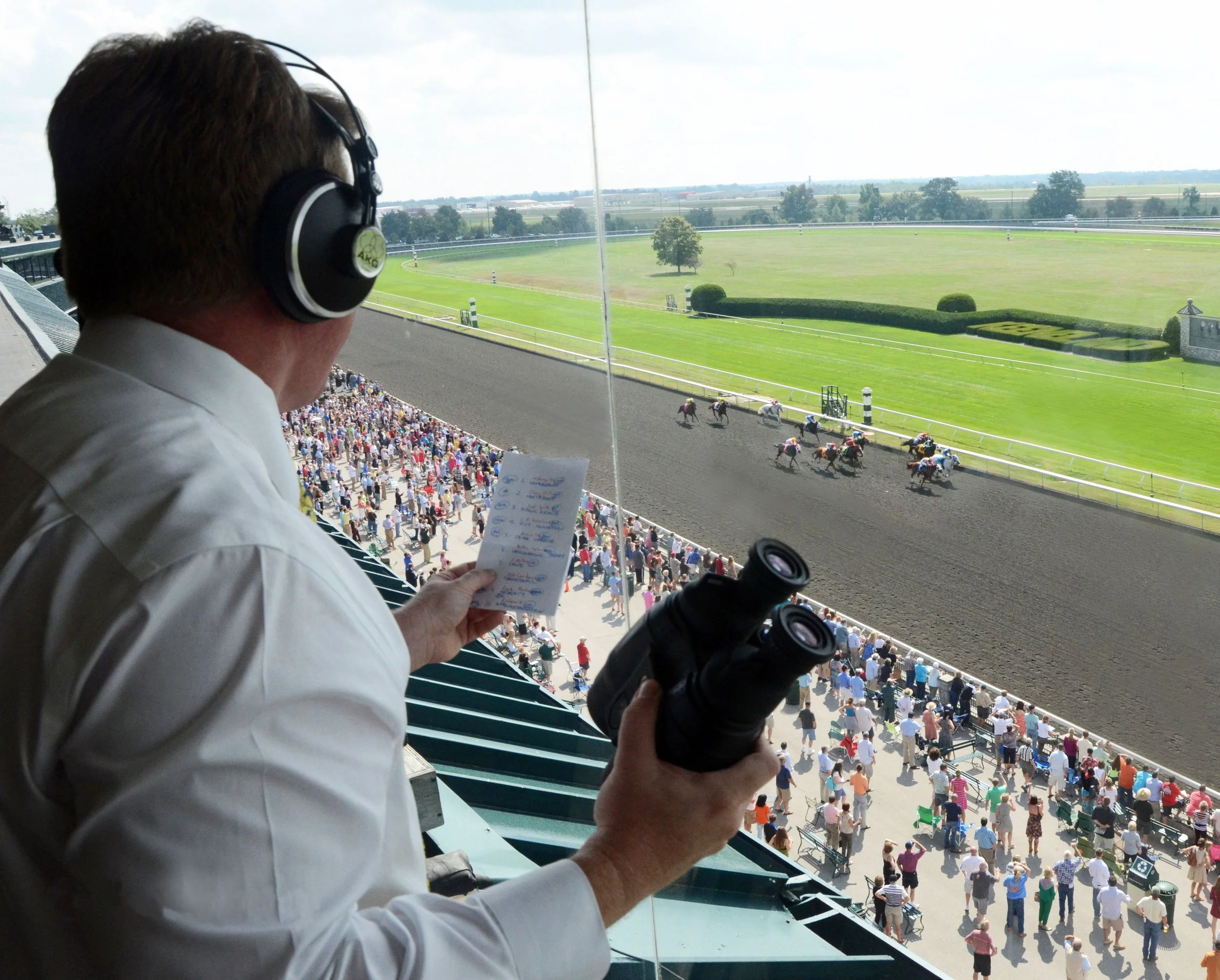
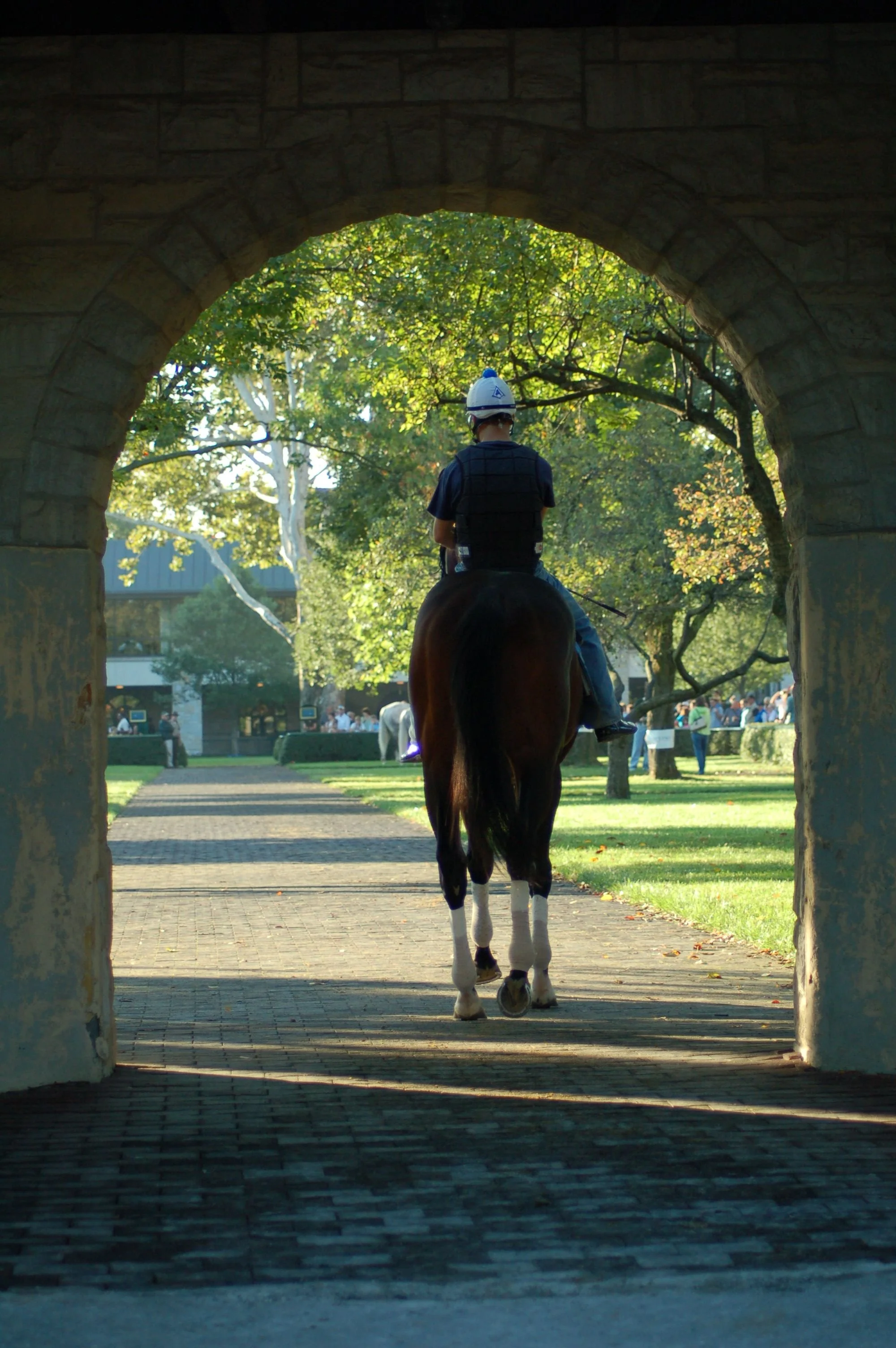
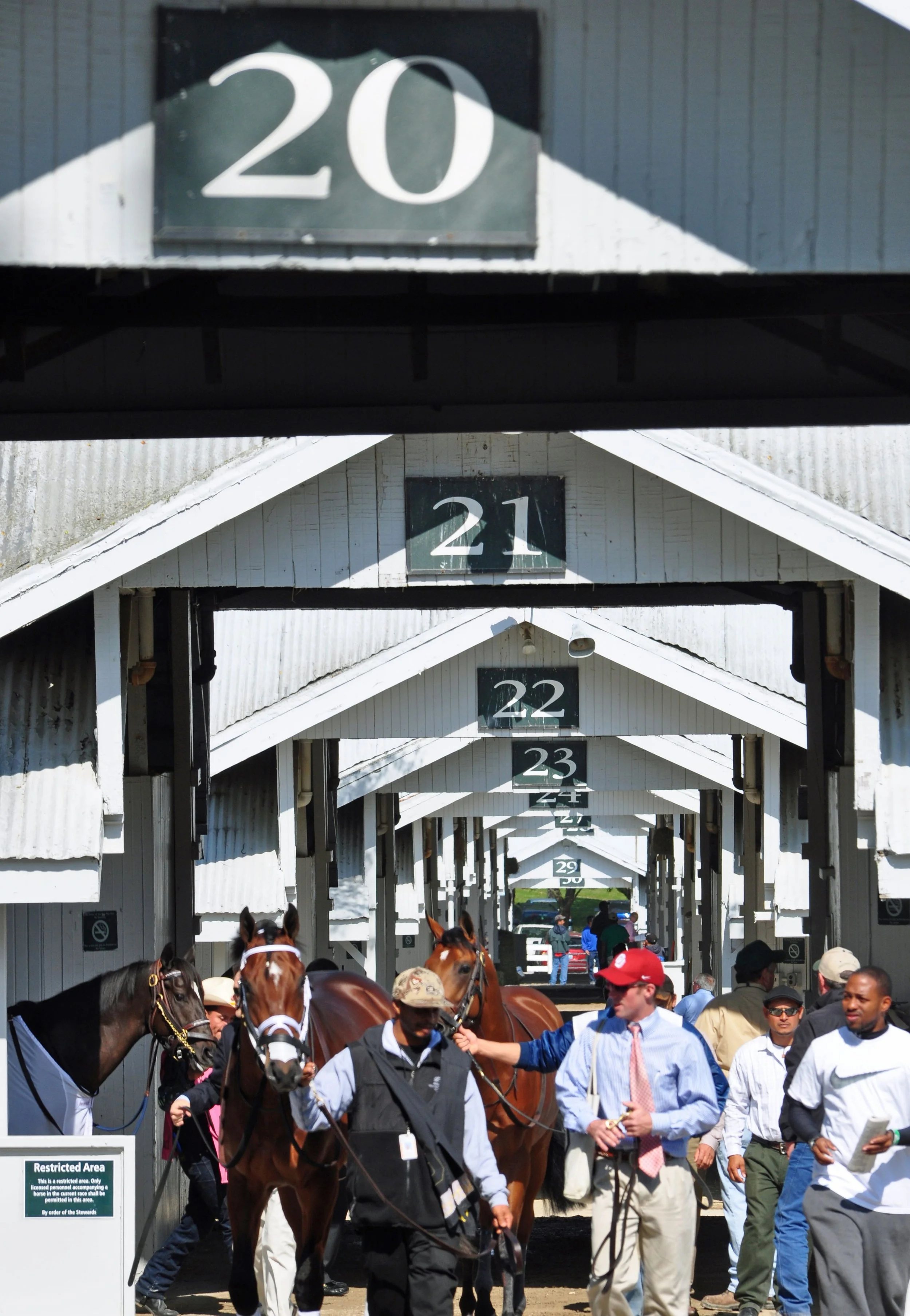

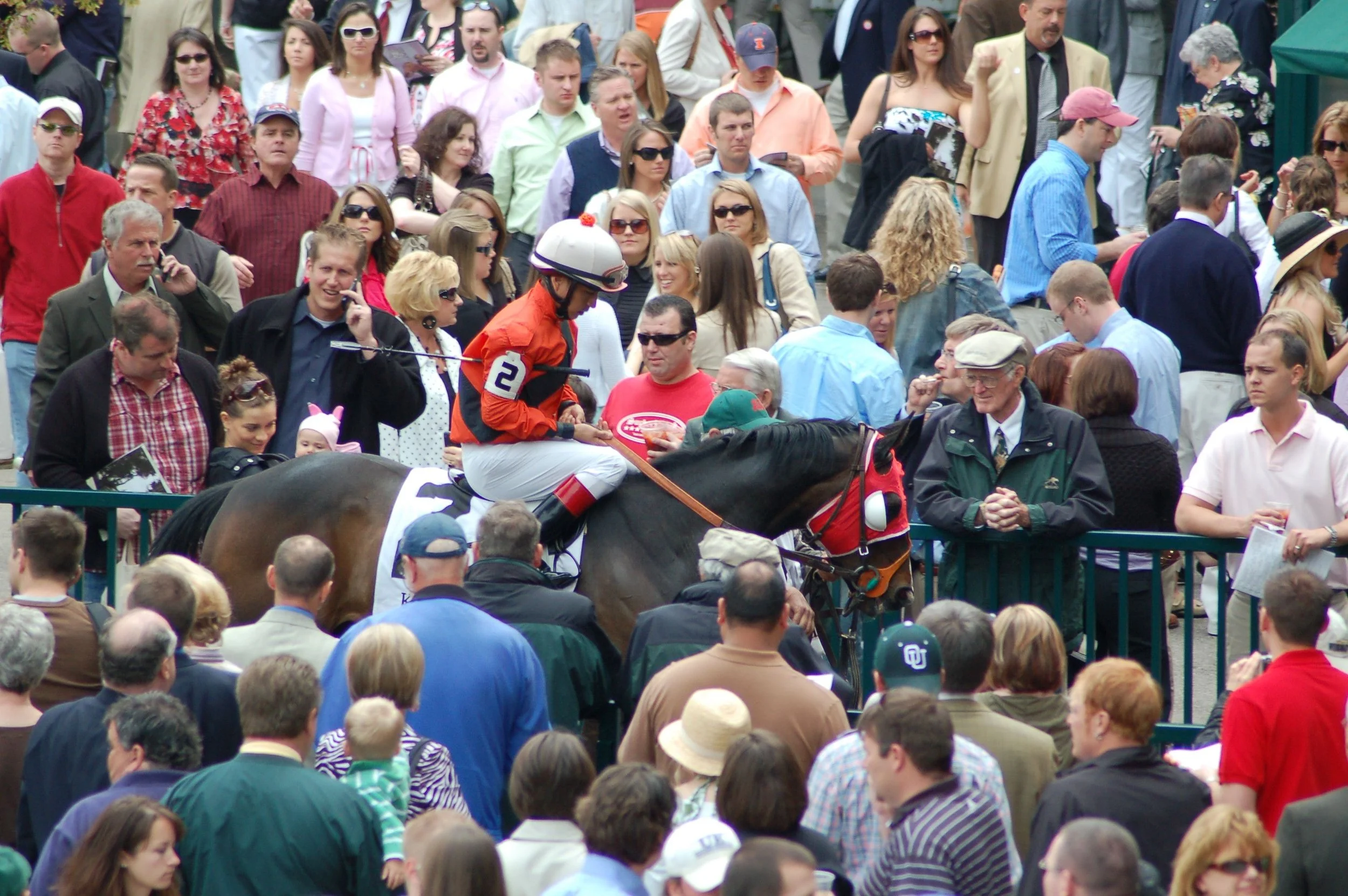
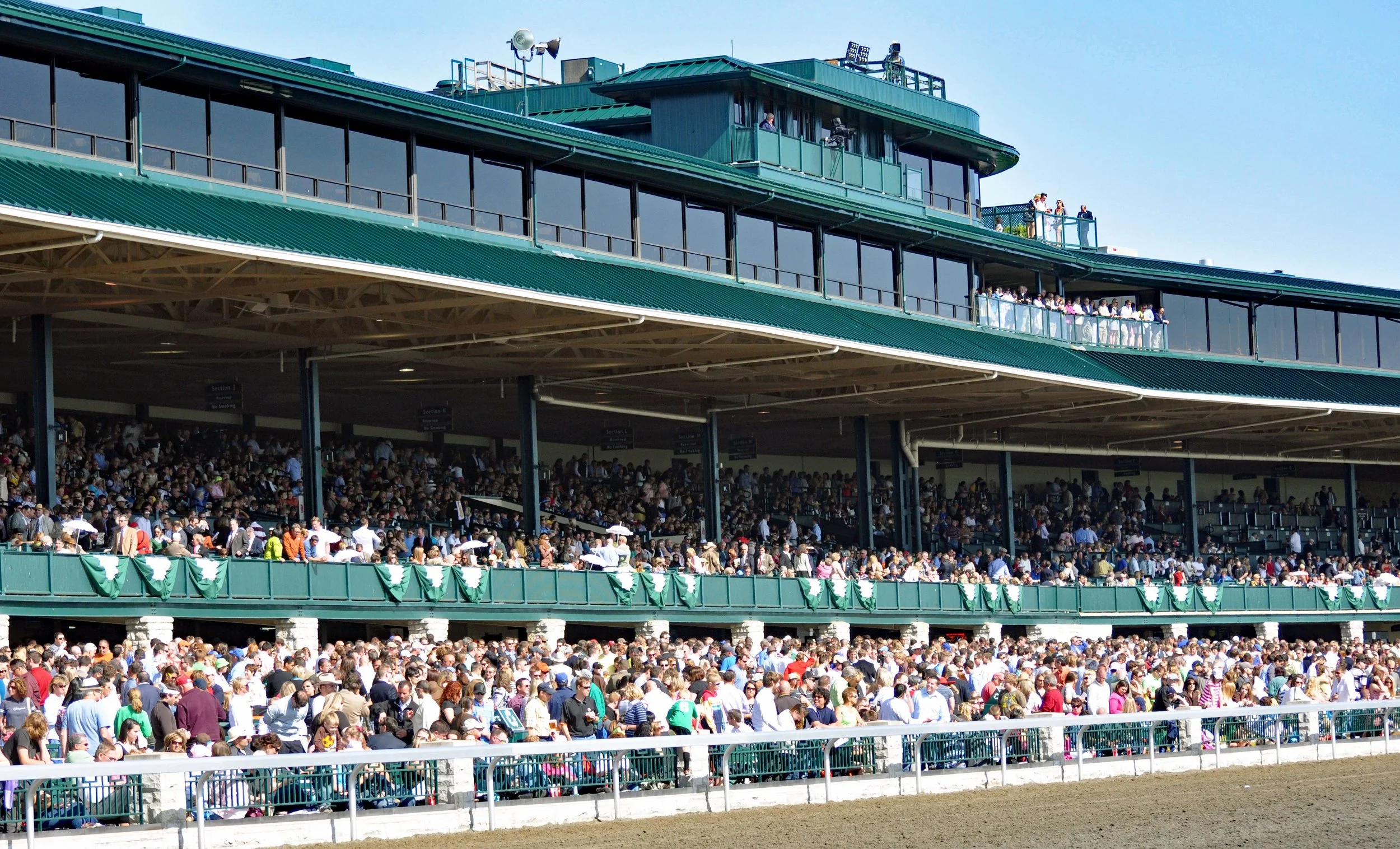
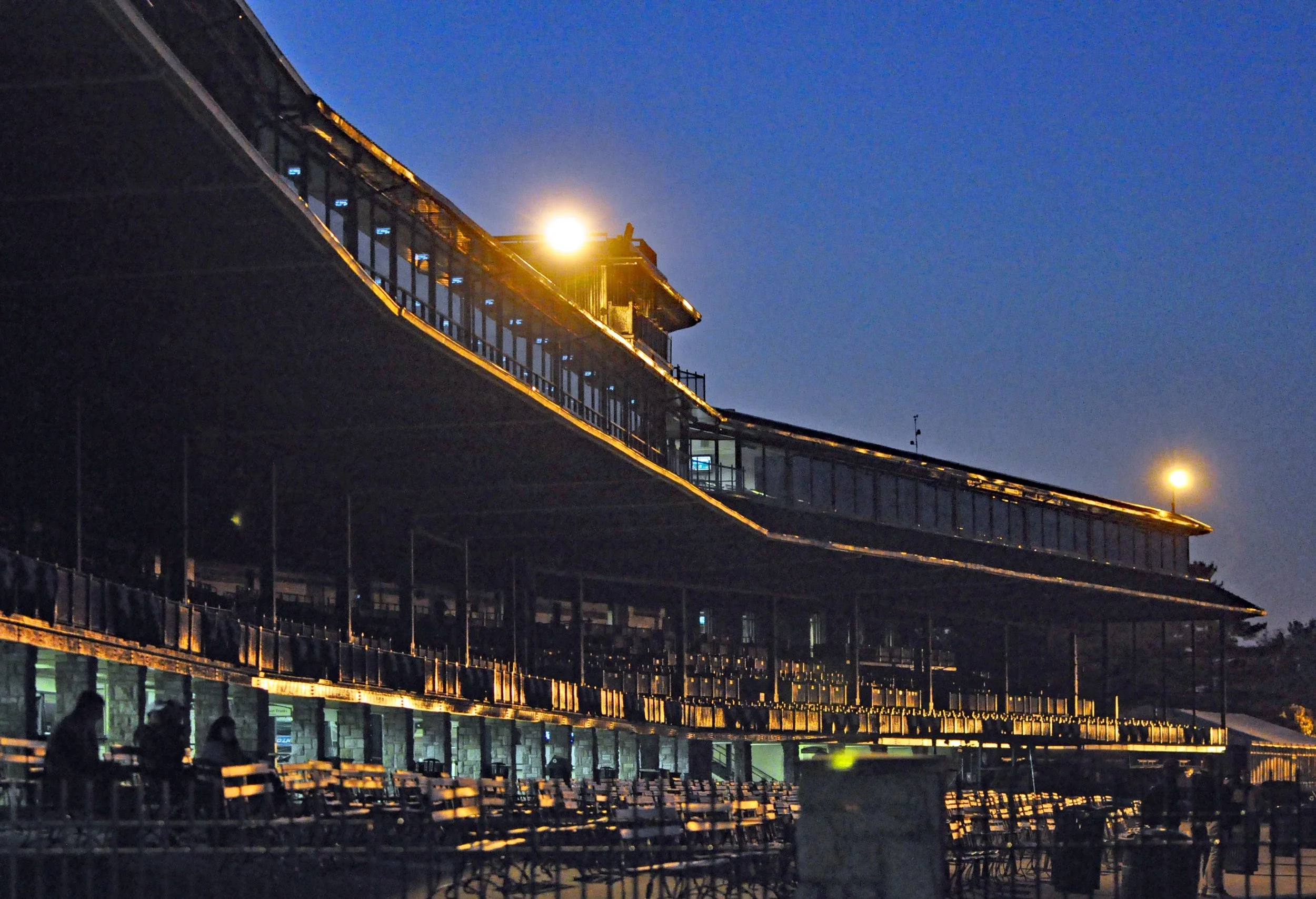
Keeneland
By: Tom Ferry
It is said “To everything there is a season” — For racing at historic Keeneland Race Course, there are two.
One of the world’s great racetracks, Keeneland hosts annual meets in both the spring and fall in the heart of the Bluegrass - Lexington, Kentucky. Each April and October, beauty and tradition are showcased here like few other venues in the world of horse racing. Couple that with an industry-leading Thoroughbred auction house and you have a truly special place.
Lexington had its first Thoroughbred flat dirt racing track beginning in the summer of 1828 when the Kentucky Association track opened. By the early 1870s, the property had expanded to 65 acres. The track persevered until the 1930s when it sank into disrepair and struggled financially. The Great Depression didn’t help. This led to a closure of the facility in 1933 and left Lexington without a racetrack for the first time in more than a century.
In 1916, Jack Keene, a world-renowned trainer of Thoroughbreds in overseas locales, returned to the United States and the ancestral farm he grew up on just outside of Lexington. He slowly set about pursuing his dream of building a private training track where he could entertain his friends.
His vision continued to expand over time.
Over the next 20 years, he began building on the family farm which he named Keeneland Stud. He added a mile-and-one-sixteenth racetrack, and designed and built a large, limestone mansion coupled with a training center and stalls for a hundred horses in training.
In August of 1935, fluctuating finances led Keene to sell his private racing complex and the surrounding 148 acres for $130,000 to the newly formed non-profit Keeneland Association led by Hal Price Headley, Louie Beard, and a collection of other prominent horsemen. The group chose Keene’s complex from 20 possible sites and, in October of 1936, horse racing returned to Lexington as Keeneland Race Course hosted its first meeting.
Since 1937, Keeneland’s signature race has been the Blue Grass Stakes. A total of 19 horses have used the April race as a prep for victory one month later in the Kentucky Derby (G1). The race has been graced over the years by legendary horses including Round Table, Northern Dancer, Alydar, Spectacular Bid, Holy Bull and Skip Away.
Spring at Keeneland also produces the Ashland Stakes, exclusive to three year-old fillies, for the first time in 1940. The Ashland has featured superstars including Inside Information, Go for Wand, Princess Rooney, Silverbulletday and Monomoy Girl. To date, 13 winners of the race have gone on to capture the Kentucky Oaks (G1).
As years went by, Keeneland added some of America’s greatest races. These include the Maker’s 46 Mile (1989), the Coolmore Jenny Wiley (1989) and the Vinery Madison (2002), run in the spring; the Claiborne Breeders’ Futurity (1938), the Darley Alcibiades (1952), the Juddmonte Spinster (1956), the Queen Elizabeth II Challenge Cup (1984), the Shadwell Turf Mile (1986) and the First Lady Stakes (1998), run in the fall.
Few places possess the racing history, tradition and pageantry of Keeneland; in addition to racing, it also stakes claim to the world’s largest Thoroughbred auction house.
The very first auction was held at Keeneland in 1938 and they began holding annual sales in 1943. That first sale produced the winner of the 1945 Kentucky Derby, Hoop Jr. It is a standard that has been maintained through the years as Keeneland sale graduates have accounted for more than half of all winners of the Triple Crown classic races during the past decade.
Today, Keeneland generates most of its income from its sales in January, April, September and November, producing over $500 million annually. This helps explain why Keeneland can limit its live racing seasons to 15 days in the spring and 17 days in the fall.
There have been many significant milestones in Keeneland’s racing history.
One occurred on October 11, 1984, when Queen Elizabeth II visited the track for the inaugural running of the race named for her, the Queen Elizabeth II Challenge Cup. Another two have come as Keeneland hosted the Breeders’ Cup World Championships in 2015 and 2020 - it will again host the 2022 Championships. In the 2015 Breeders’ Cup, legendary Triple Crown Champion American Pharoah made history when he became the first ever “Grand Slam Champion” when he captured the Breeders’ Cup Classic (G1), breaking the track record while doing so.
For many who have been to Keeneland, what often comes to mind first is its picturesque setting.
Spring at Keeneland is abloom with numerous redbud and dogwood trees and with autumn comes the brilliant yellow, orange and red hues of maples and oaks. Whether it’s during morning workouts or race day afternoons, first-time visitors often get their initial impressions of the track from the beautifully tree-shaded paddock and walking ring. An aging, majestic sycamore tree is the centerpiece of the paddock and predates the Keeneland Association.
The paddock is likely the most intimate part of the racecourse and affords the nearly 300,000 annual racegoers the opportunity to get a close-up view of the greatest Thoroughbreds in the sport. The buildings on Keeneland’s grounds are memorably distinctive, unified by a limestone framework initiated many years ago by Jack Keene.
The idyllic environment hasn’t gone unnoticed by Hollywood, using the track during the filming of Seabiscuit (2003), Dreamer (2005), and Secretariat (2010), among several other movies across the years. The city of Lexington is also home to the University of Kentucky and the spring and fall race meets have an unmistakable college atmosphere, as a good portion of the student body turns out to enjoy the festivities.
In 1986, Keeneland was designated a National Historic Landmark. The original mission of its founders was, in their words, “To create a model racetrack to perpetuate and improve the sport and to provide a course that is intended to serve as a symbol of the fine traditions of Thoroughbred racing.” The fruits of the founders’ labor continues to pay off again and again with each passing year.